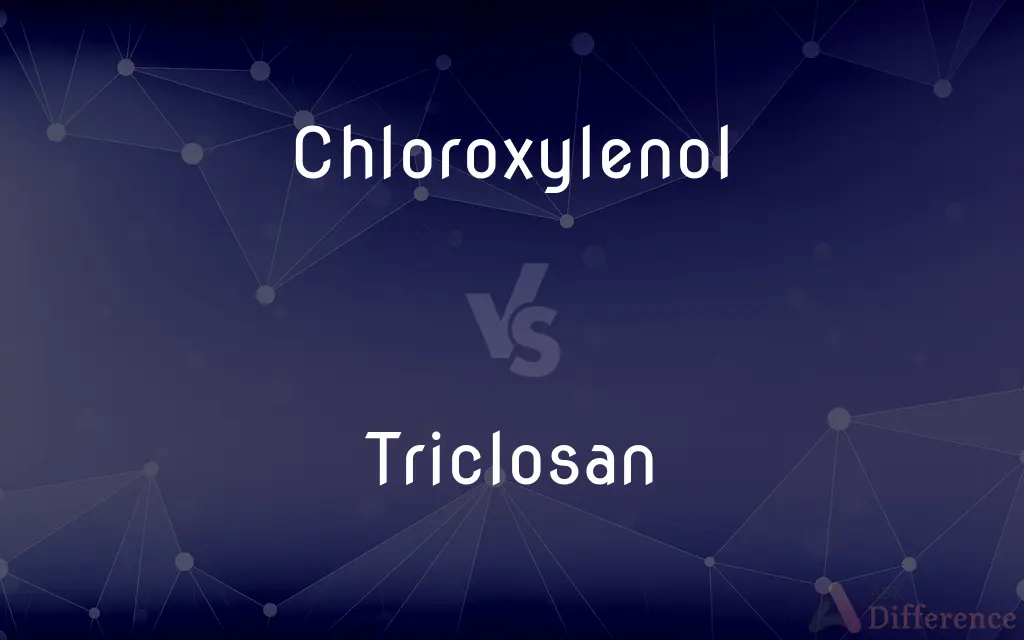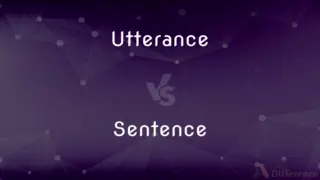Chloroxylenol vs. Triclosan — What's the Difference?

Difference Between Chloroxylenol and Triclosan
ADVERTISEMENT
Compare with Definitions
Chloroxylenol
Chloroxylenol, also known as para-chloro-meta-xylenol (PCMX), is an antiseptic and disinfectant which is used for skin disinfection, and together with alcohol for cleaning surgical instruments. It is also used within a number of household disinfectants and wound cleaners.
Triclosan
Triclosan (sometimes abbreviated as TCS) is an antibacterial and antifungal agent present in some consumer products, including toothpaste, soaps, detergents, toys, and surgical cleaning treatments. It is similar in its uses and mechanism of action to triclocarban.
Chloroxylenol
(chemistry) A compound with the chemical formula C8H9ClO, commonly used in antibacterial soaps and toxic to fish.
Triclosan
(organic compound) A widely used wide-spectrum antibacterial and antifungal agent, with molecular formula C12H7Cl3O2, which works by disrupting the growth of microbes, rather than actively killing them.
Share Your Discovery

Previous Comparison
Steppe vs. Desert
Next Comparison
Utterance vs. Sentence













































